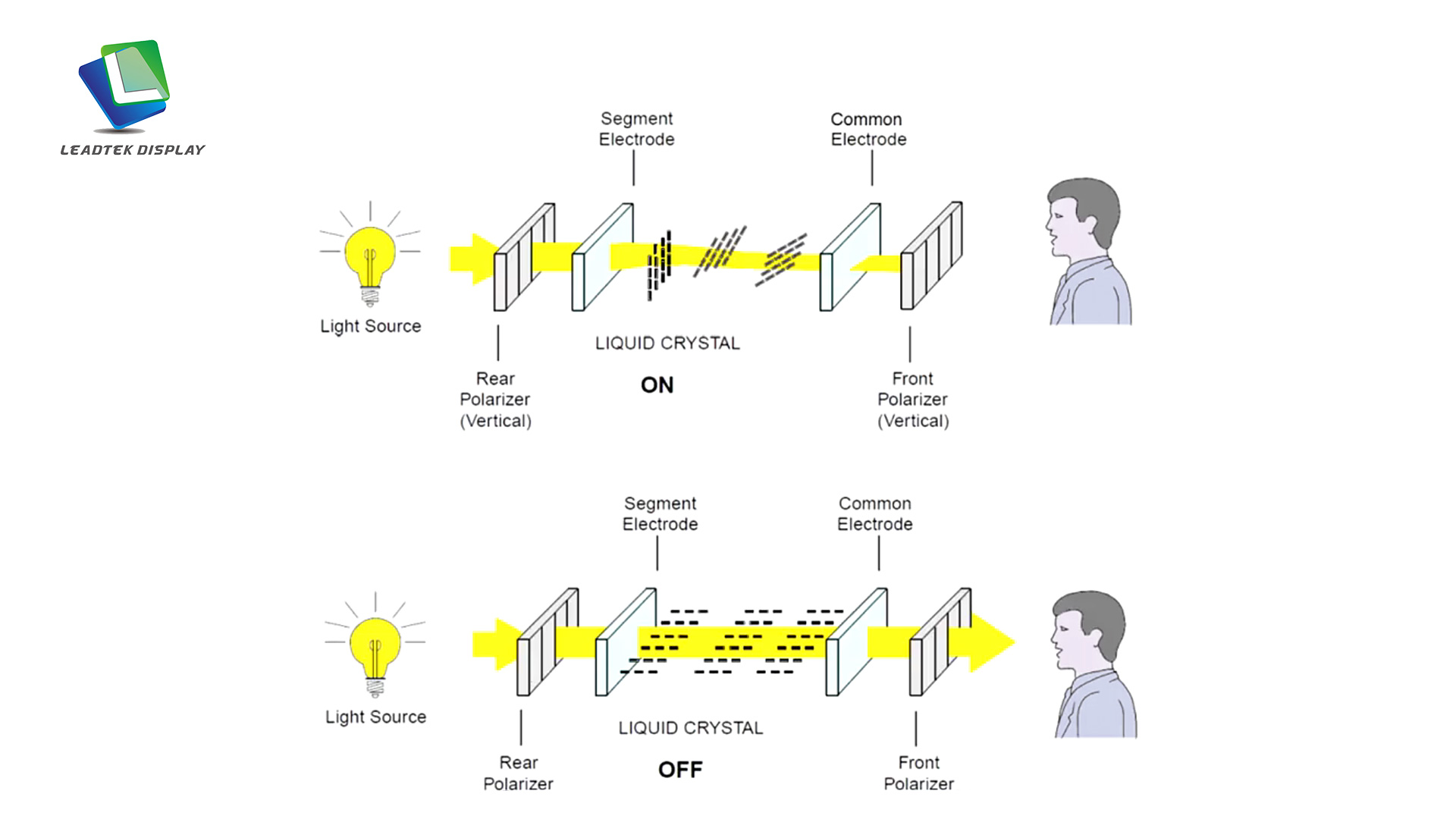The working principle and difference between Reflective and Transflective Display
Reflective Display and Transflective Display are two different technologies used in display panels. Let's explore their working principles and the key differences between them:
Reflective Display:
A reflective display is designed to utilize ambient light to illuminate the screen and create visible images. It relies on the principle of reflection, where light incident on the display surface is reflected back to the viewer's eyes. Reflective displays are commonly used in e-readers and certain electronic paper technologies.
The working principle of a reflective display involves the use of special materials with reflective properties. These materials are capable of modulating light based on the electric charge applied to them. When an electric field is applied, the materials change their reflectivity, allowing the display to form visible patterns and characters.
The main advantage of reflective displays is their excellent visibility in bright lighting conditions, particularly outdoors. They do not require a backlight, which reduces power consumption and provides a more comfortable reading experience. However, reflective displays typically lack color capabilities and can have limited visibility in low-light or dark environments.
Transflective Display:
A transflective display combines the characteristics of both reflective and transmissive displays, aiming to provide visibility in both bright and dark conditions. It employs a dual-mode approach, allowing the display to function in reflective or transmissive mode, depending on the lighting conditions.
In reflective mode, the transflective display operates similarly to a reflective display, utilizing ambient light for visibility. However, in situations with insufficient ambient light, such as indoors or at night, the display can switch to transmissive mode. In this mode, a backlight behind the display illuminates it, making the content visible.
The key difference between a reflective display and a transflective display is the inclusion of a backlight in the latter. This allows transflective displays to maintain visibility in low-light or dark environments, where reflective displays might struggle.
Transflective displays offer a compromise between good visibility in bright lighting conditions (like reflective displays) and visibility in low-light or dark environments (like transmissive displays). They are commonly used in devices like smartphones, tablets, and smartwatches, where a versatile display performance is desired.
In summary, reflective displays rely solely on ambient light for visibility, while transflective displays combine reflective and transmissive modes, using both ambient light and a backlight. Transflective displays provide better visibility in various lighting conditions but typically consume more power compared to reflective displays.






 Microsoft Teams
Microsoft Teams WhatsApp
WhatsApp Email
Email Inquiry
Inquiry WeChat
WeChat
 TOP
TOP